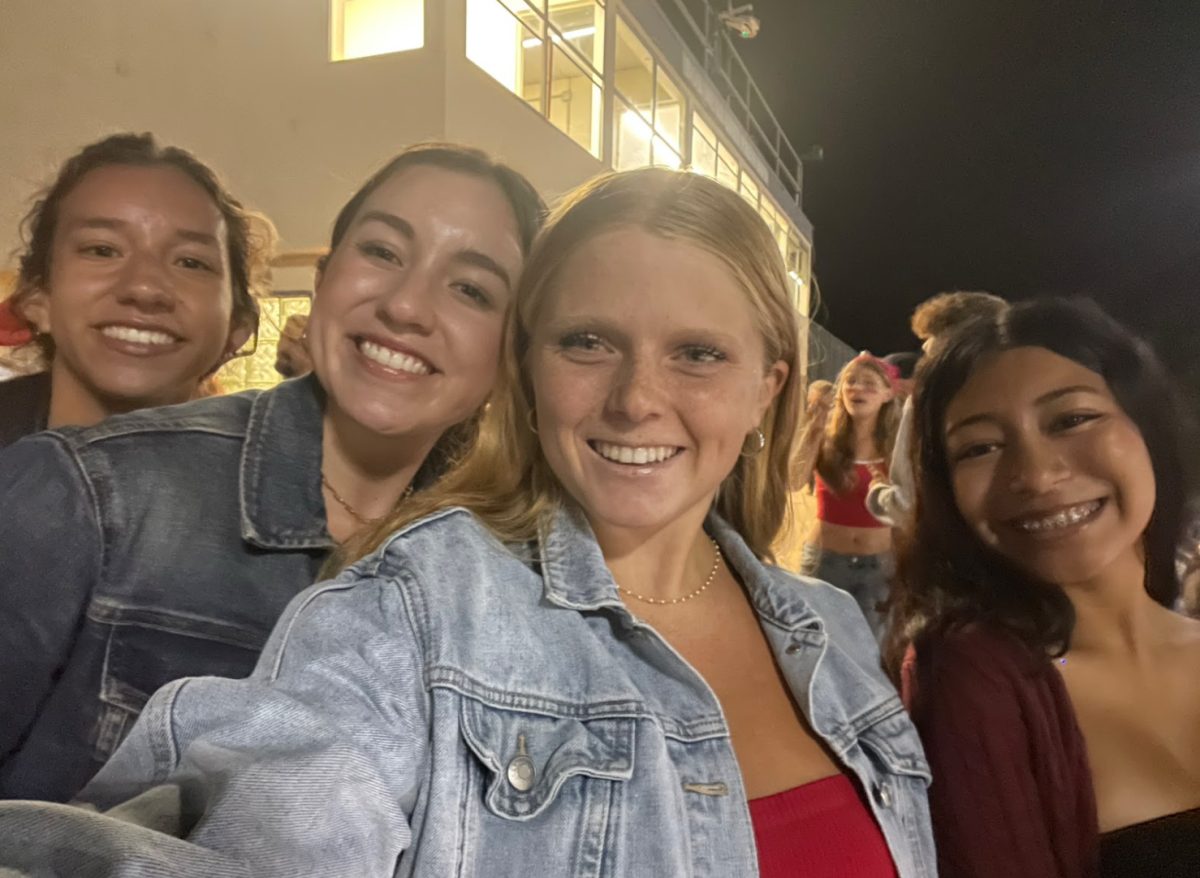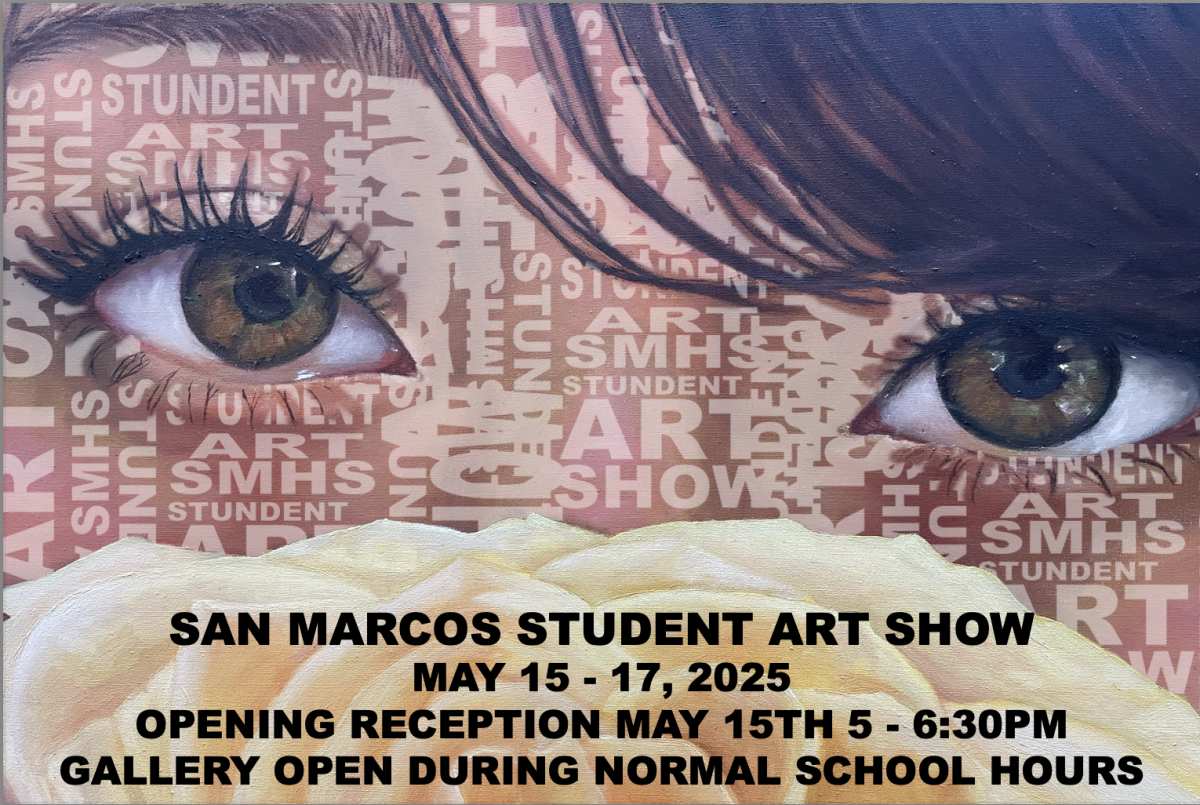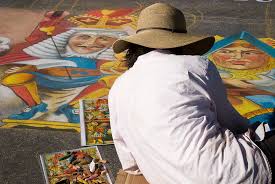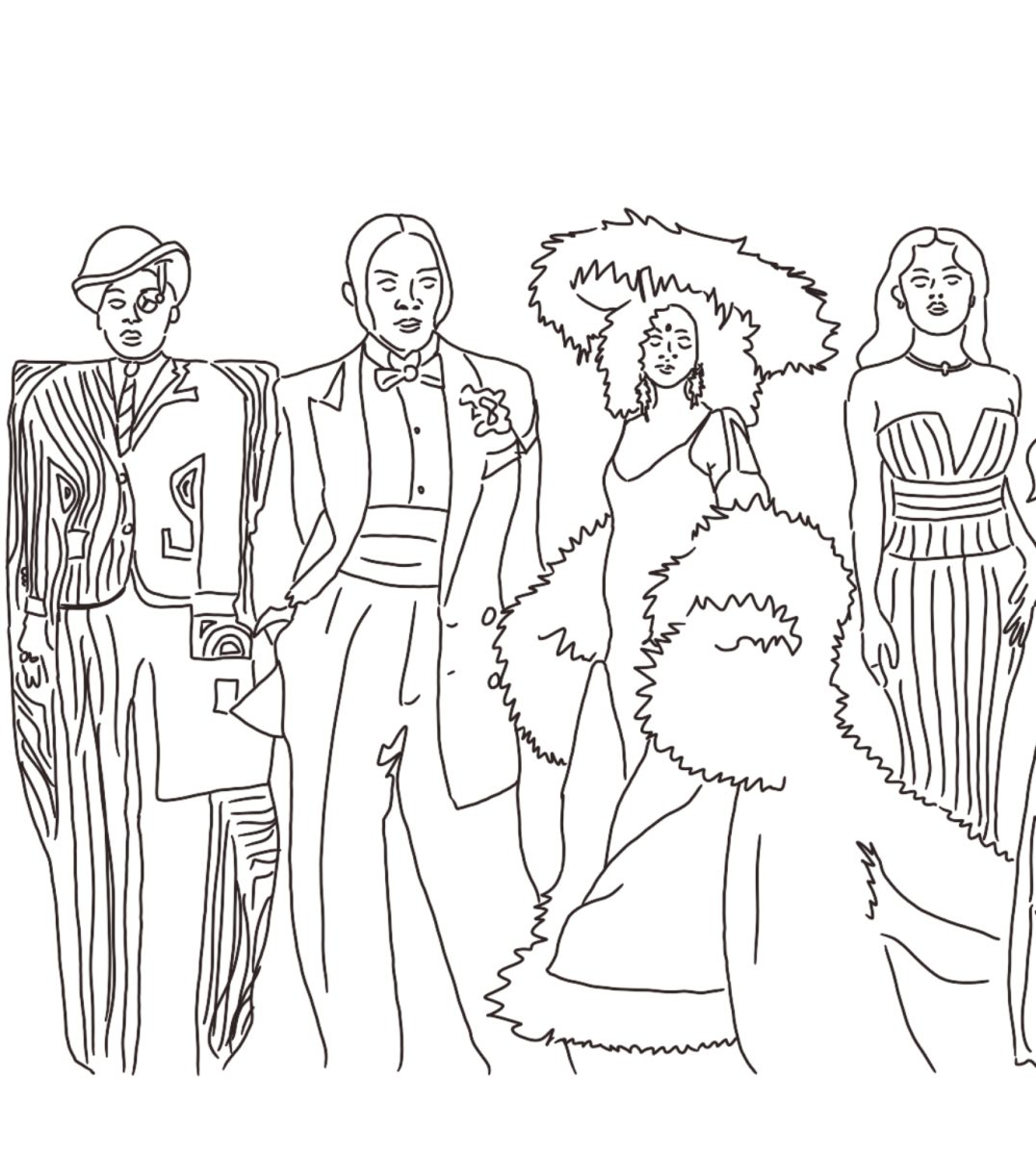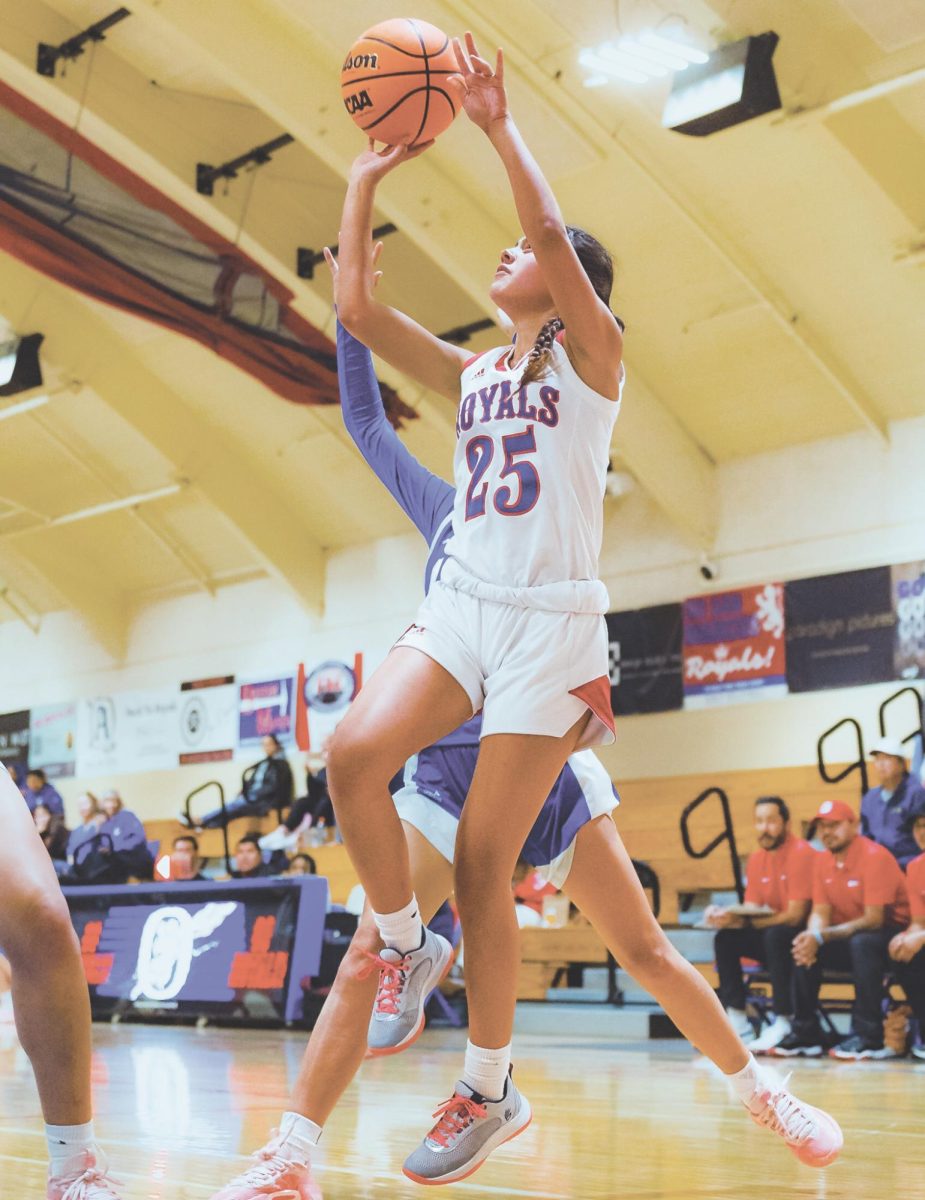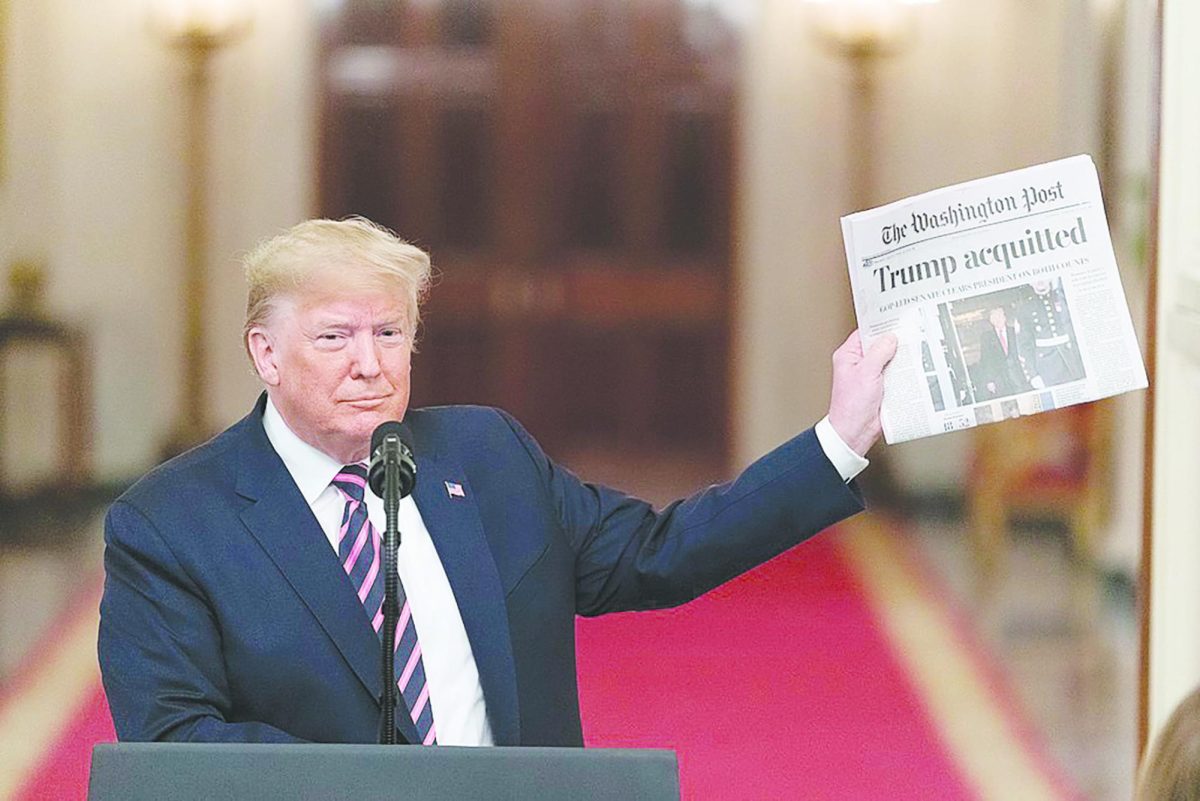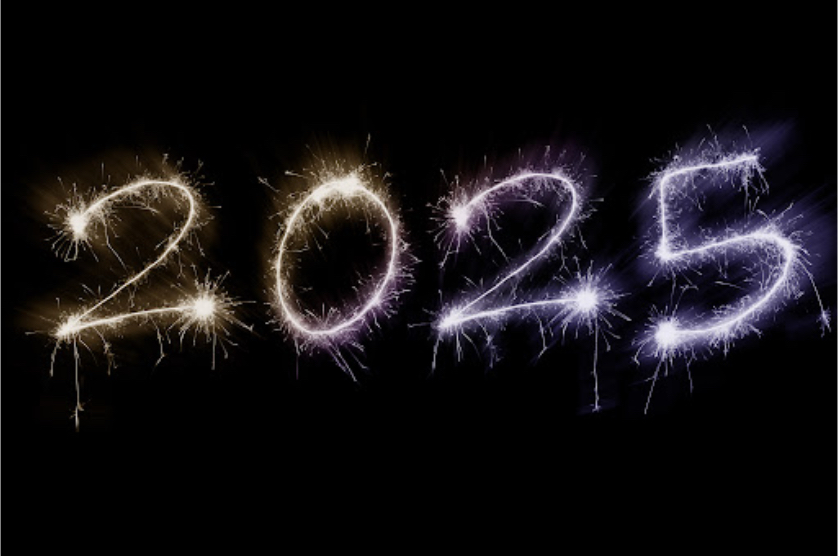The annual Met Gala has always stood (and continues to stand) as a demonstration of the evolving relationship between fashion and culture. The event has been held on the first Monday of May since its creation in 1948. It started off as a fundraising dinner, and has now transformed into one of the most highly anticipated events in the fashion calendar. This transformation was made possible due to the events rich history, and leaders that sought out celebrating diverse narratives.
The Met Gala was formed by fashion publicist Eleanor Lambert, who created the event to benefit the recently established Costume Institute at the Metropolitan Museum of Art. The event was held at the Waldorf Astoria, and a dinner that had the primary goal of raising funds for the Institute’s now yearly exhibition. Its first attendees were a part of New York’s high society, with tickets marked at $50 dollars, a considerably large sum at the time.
A fundamental shift began in the 1970s, when former Vogue editor-in-chief Diana Vreeland became a consultant at the Costume Institute. With her guidance, the gala adopted the idea of themed exhibitions, which led to it being , fashion centered ball we know today. Themes range from celebrating designers with historical significance and their artistry such as “The World of Balenciaga” and “Alexander Mcqueen, Savage Beauty”, to broader ideas such as “Heavenly Bodies: Fashion and the Catholic Imagination” and “Camp: Notes on Fashion”.
In 1995, editor-in-chief of Vogue, Anna Wintour, assumed the role of chair of the Met Gala. Under her guidance, the event elevated to new heights of fame, attracting global celebrities. Wintour’s influence resulted in the guest list expanding to include not only designers and models, but actors, musicians, and other public figures, turning the gala into a major cultural display.
As the Met Gala continues to evolve, its history serves as a foundation for future celebrations of fashion and culture. The event stands as an example of a dynamic relationship between art, history, and society, continuously working to reflect the ever changing cycles of global fashion. By honoring diverse narratives and forming innovative themes, the Met Gala has an unwavering legacy as a cultural phenomenon.





